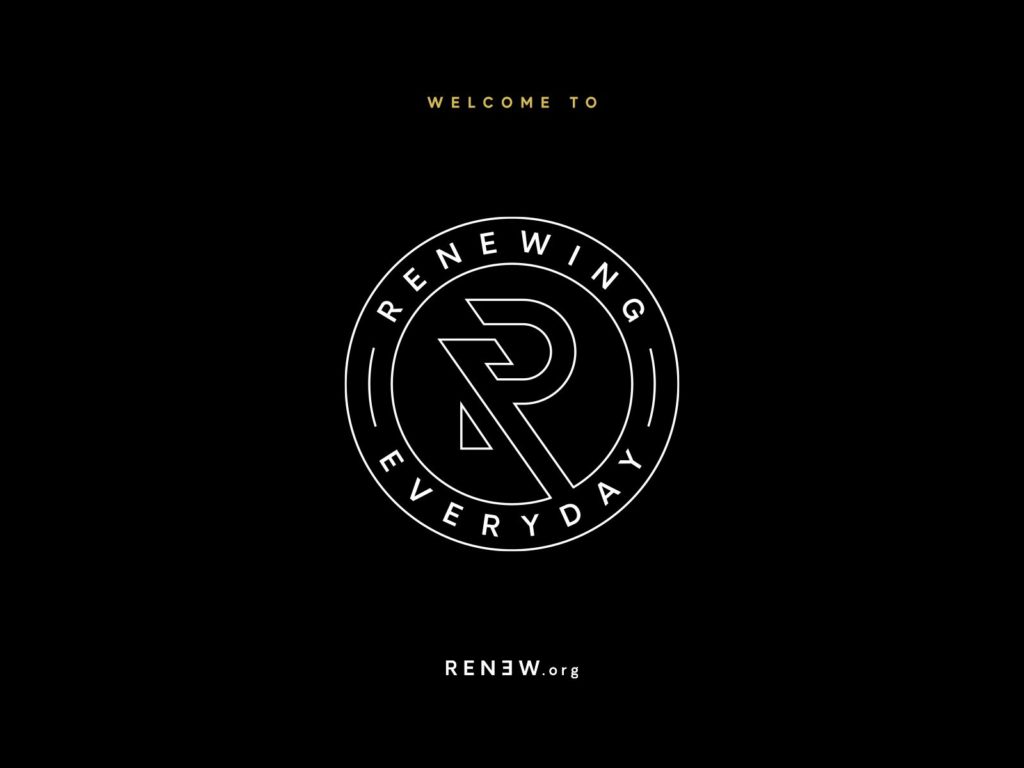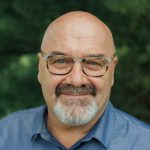
6 Lenses for Reading the Psalms (Part 1)
There may be no more familiar book in all of literature than the Book of Psalms. Out of all of the sixty-six books of the Bible, it’s doubtful that there is any book that has been read and spoken more than this collection of 150 prayers, songs, and poems. Their words have inspired men and women to lead with courage, they have given comfort to the grieving, and they have provided a language to communicate both inexpressible joys and excruciating sorrows.
More than sentimental poems, they shed light on historical events, they reveal the complex relationship between the Creator and his creation, and they provide a framework for viewing the world.
Where does one begin in a study of this remarkable and unique book? Let’s start with the right lenses.
Lenses allow us to see things more clearly and from different perspectives. I am near-sighted, and since the third grade, I’ve needed lenses to correct my vision so things at a distance would be in focus. More recently, my optometrist diagnosed me with presbyopia (old eyes!), and I now wear reading glasses to correct my near vision. When I go outside, I need sunglasses to limit glare and enable me to see in the brightest sunlight.
You can watch a 3D movie without the special glasses, but when you put them on–what a difference! The lenses on the Hubble space telescope have allowed us to see into the farthest reaches of the universe. Likewise, an electron microscope allows us to see things that are invisible otherwise. Night-vision glasses, infrared vision–all of these lenses make a difference in how we see things, causing us to notice things that we otherwise might have missed.
I want to suggest that when you read the psalms you consciously put on and take off six different lenses.
First put on the lens of the author and attempt to arrive at the author’s intended meaning.
Many of the psalms begin with a superscription that suggests a context–a time, place, or event that provided the impetus for composing the psalm (e.g. Psalm 51). It might have been a battlefield, a cave, a desert, or a temple, but all of the psalms have a backstory that can illuminate the text. Others have hints of the historical setting within the text itself allowing the reader to make some educated guesses. Ascertaining the authorship and context helps us answer the critical who, what, when, where, why, and how questions critical to determining the meaning of a text.
With the help of a sanctified imagination, we can read between the lines and connect the author’s joys and struggles with our own.
The second time you read through a psalm, put on the wide-angle lens of theology.
Look for what the psalm tells you about God–his character, his nature, his relationship with his creation. When Moses declares in Psalm 90:2, “from everlasting to everlasting You are God,” he is making a profound theological statement about the eternal nature of God. When David says, “You knit me together in my mother’s womb” (139:13) he is saying something about God’s immanence and personal care for us.
The Levite who thirsted for God as the deer panted for water, speaks for an entire nation on the run from her enemies (42:1) in his desire to meet with God and be refreshed even while far from the temple.
As the psalmist recounts the significant events of Israel’s history–the Exodus, the wilderness wandering, the conquest, the establishment of the Davidic monarchy, the exile, and the return–he is recounting how God broke into history.
Next, consider the Book of Psalms from the perspective of an editor and compiler.
The Jewish people have always had a strong bias in favor of preserving the text, so I am not suggesting that major editing was done to the text itself. However, it’s clear that the final structure of the collection of Psalms was shaped with a theological purpose in mind. Over its 1,000 year history, the Psalter went through several editions (e.g. Psalm 72:20).
Who decided which psalms would be included in the final collection and how would they be arranged? For example, the psalms are divided into five books, likely to correspond to the five books of the law. The use of chiasm in their arrangement draws attention to centrals truths among the various groupings.
Reading the psalms straight through reveals a story arc that moves from conflict to resolution over its many pages. An in-depth study of the arrangement of the psalms reveals a complex but intentional ordering to communicate truth in subtle ways but profound ways.
(For more from Matt, check out mattstaffordpsalms.com. Used with permission. )









